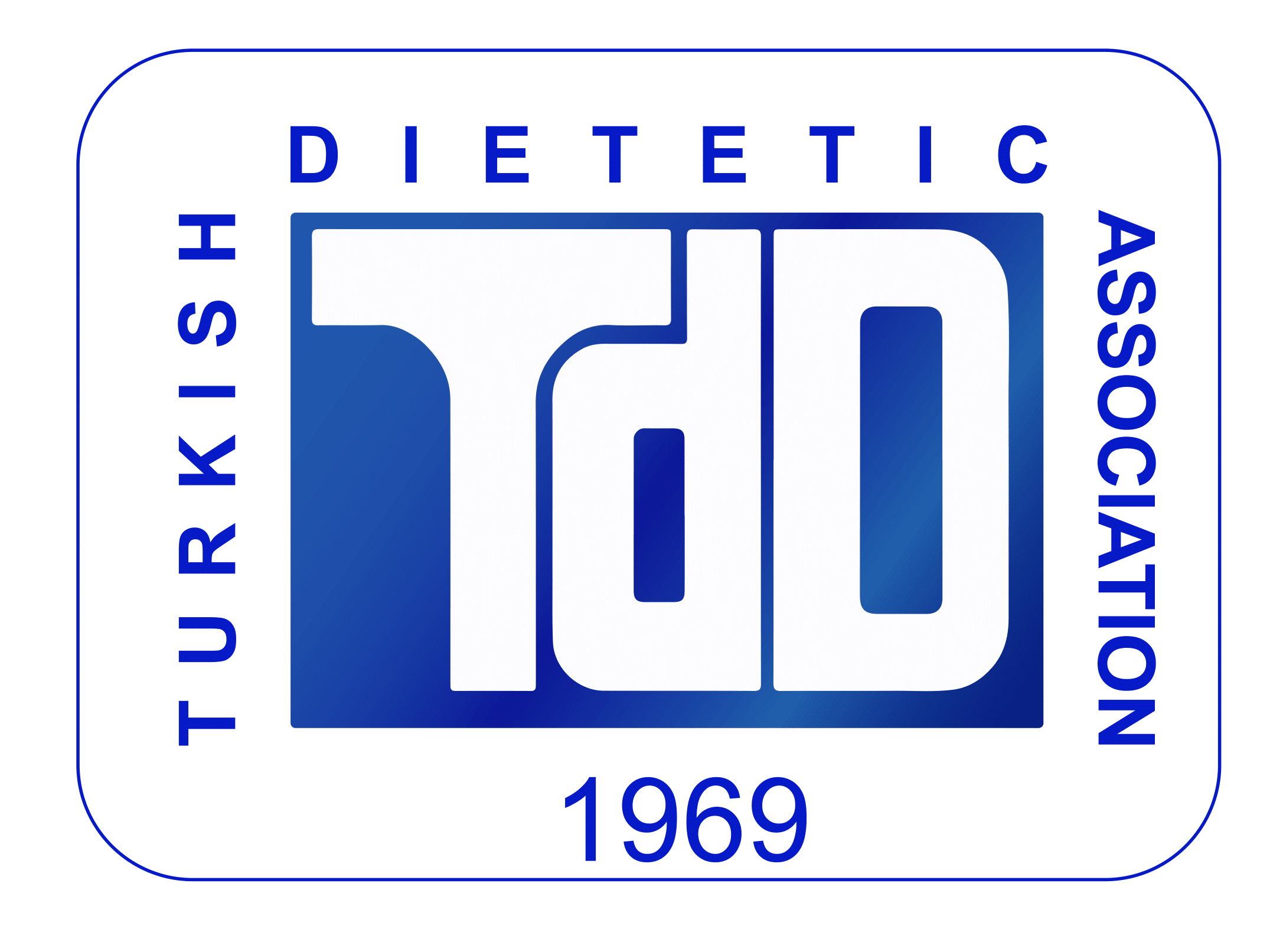Is the Food Consumption Status of Premenopausal and Postmenopausal Women Associated with FRAX® Fracture Risk?
Keywords:
Premenopause, postmenopause, osteoporosis, FRAX, nutritionAbstract
Aim: In this study the relationship between dietary habits and risk of fracture during 10-years in premenopausal and postmenopausal women was examined by using FRAX (Fracture Risk Assessment Tool). Subjects and Methods: This study was carried out with 300 women between 40 and 60 years of age, in premenopausal period or in menopausal period diagnosed by a medical doctor. A survey about demographic and general features and Fracture Risk Assessment Tool-FRAX® scales and another survey about food consumption frequency to determine daily calcium intake was applied to individuals. Also food consumption of individuals were taken by 24 hour recall method. Energy and food items were calculated by Nutrition Information System (BeBis). SPSS 15 statistics program was used to evaluate data. Results: Difference of major osteoporotic fracture risk and hip fracture risk were statistically significant between pre and postmenopausal women (p=0.011, p=0.032). Difference of dietary calcium intake estimated with food frequency questionnaire between pre and postmenopausal women was not statistically significant (p>0.05). On the other hand higher calcium intake was determined in physically active individuals (p=0.001). And also there was no significant difference between energy intake some nutrients (carbohydrate, protein, fiber, calcium, vitamin K, vitamin C, magnesium, phosphorous, sodium, potassium) and dietary PRAL (potential renal acid load) between pre and postmenopausal women (p=0.565, p=0.393, p=0.595, p=0.664, p=0,301, p=0,728, p=0,348, p=0.520, p=0.795, p=0.865, p=0.319, p=0.974, respectively). There was a negative weak correlation between major osteoporotic fracture risk and BMI (r=-0.276, p=0.005), energy (r=-0.186, p=0.054) and vitamin E (r=-0.292, p=0.003) intake, milk (r=-0.200, p=0.046) and ayran (r=-0.197, p=0.049) consumption. There was a positive low correlation between hip fracture and age (r=0.195, p=0.052); and there was a negative correlation between BMI (r=-0.307, p=0:002) and intake of vitamin E (r=-0.252, p=0.012) and milk consumption (r=-0.201, p=0.045) with hip fracture risk. Conclusion: As a conclusion, physical activity and healthy eating habits play an important role in protection of bone health accordingly adequate dietary intake which impacts bone mineral density and regular physical activity should be supported.

